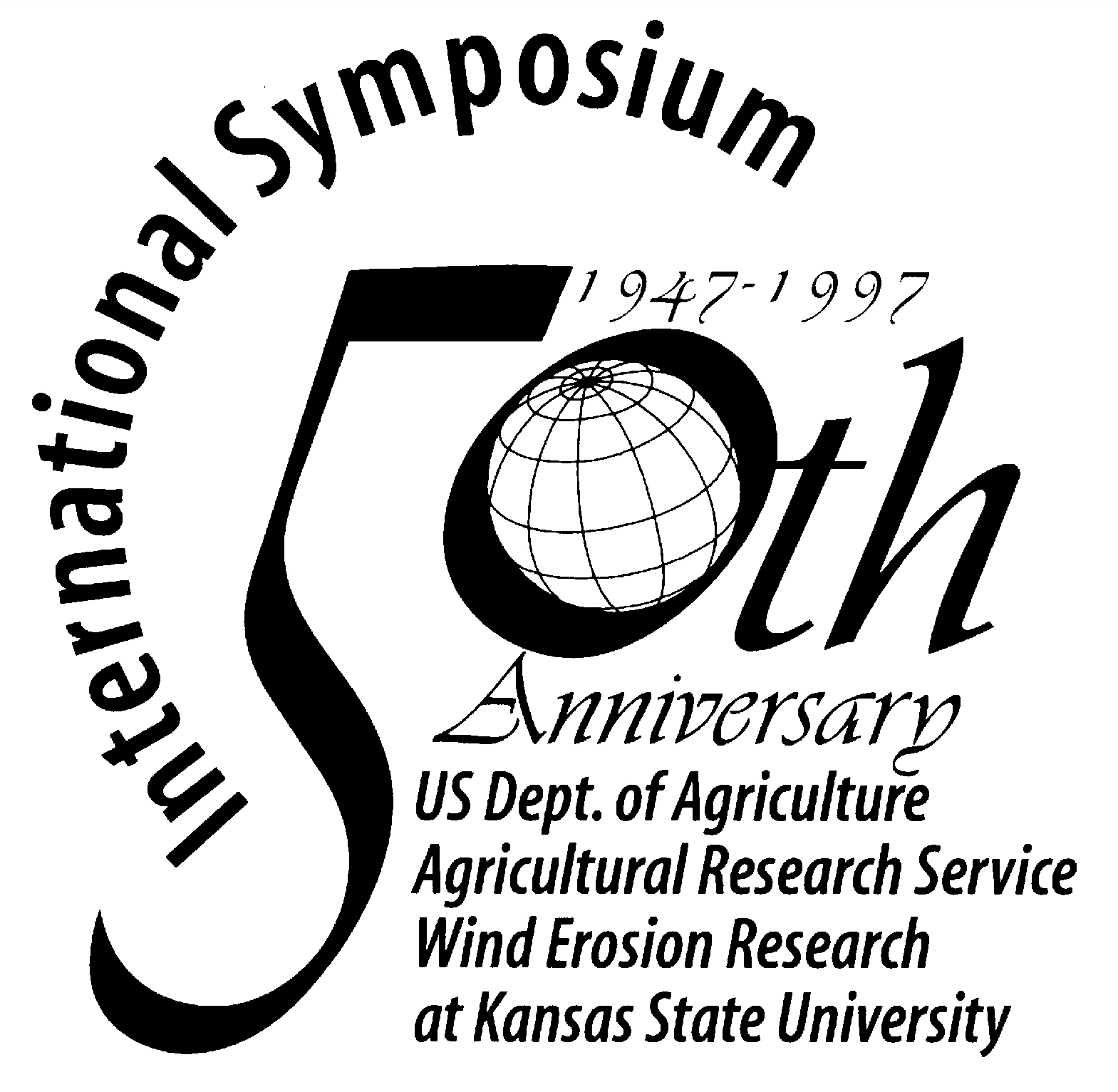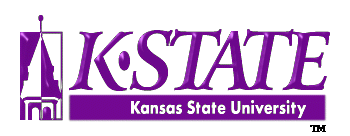ParticipantsDean
Armbrust: Chair and Recorder #2
Roel Vining: Recorder #1
Jean Steiner: Facilitator
David James: Reporter
David Mitchell
Barbara Ramsperger
Stephen Merrill
J. D. Bilbro
Karlheinz Michels
Dan Towery
George Lauderdale
STRATEGY: Develop and implement cost-effective and sustainable control
methods to ameliorate impacts.
RATIONALE: Wind erosion adversely affects human health and welfare,
disrupts natural and human environments, reduces agricultural productivity and
sustainability, and buries human infrastructure.
VISION: Progressively reduce wind erosion until it no longer has
adverse effects.
GOALS:
- Get individuals to perceive impacts of wind erosion.
- Education and dialogue.
- Develop tools and resources for wind erosion control for local situations.
- Establish sustainable and natural environments.
- Eradicate famines and natural disasters in marginal ecosystems.
- Focus on prevention rather than "end-of-pipe" (or end-of-field) controls.
- Develop solutions appropriate for a variety of spatial scales (local, regional,
national, global).
- Enhance interdisciplinary approaches to the problem.
- Inventory and prioritize methods, area, resources and impacts.
STRATEGY: To conduct research within the atmosphere-soil interface to
define sediment processes
RATIONALE: Today's understanding and predictability of aeolian
processes are inadequate to define the impacts, controls, and changes in the global
environment because the basis is largely empirical and statistical. A much improved
physical understanding and description is required.
VISION: Understand fundamental physical sediment entrainment,
transport, and deposition processes at the soil-atmosphere interface.
GOALS/ELEMENTS:
- Initiate and maintain long term aeolian monitoring for climate change and anthropogenic
impacts
- Describe climatic thresholds of aeolian processes
- Better understand the link between aeolian processes and landforms
- Improve climatic description of effective wind energy for aeolian process prediction
- Describe and predict horizontal and vertical transport from agricultural and other land
surfaces for evaluation and control
- Management of dunes
- Identify soil emission sources to optimize control strategies
- Quantify soil erosion impacts on soil, water, and air quality
- To determine better mathematical descriptions for quantifying aeolian processes
- To better quantify and represent soil surfaces aeolian process dynamics
Participants
John Tatarko - Chair
Jack Carlson - Facilitator, Recorder and
Reporter
Ian Smalley
Udai Singh
STRATEGY: Establish a mechanism for distributing information on wind
erosion extent, processes, and controls.
RATIONALE:
- Those involved with wind erosion and aeolian processes are a small group and need to be
as efficient as possible
- With an expanding world population and increasing pressure on natural resources,
understanding wind erosion and aeolian processes and their management is increasingly
important.
- There is a need to improve visibility and outreach.
- Information exchange is still somewhat informal.
VISION: A linked and informed international community dealing with
wind erosion and aeolian processes.
GOALS/ELEMENTS:
- Increase membership on the Wind Erosion
Discussion List (e-mail).
- Promote the publication of bibliographies, reviews, and case histories through a central
list and links to other home pages.
To meet this goal, the Wind
Erosion and Eolian Processes Information Network has been established at
http://www.weru.ksu.edu/weepin/
- Encourage an International Symposium on 4-5 years interval (e.g. Windy Week at Oxford
next year).
- Consider an International Journal of Wind Erosion and Aeolian Processes.
- Support and promote wind erosion and aeolian process related newsletters (e.g. Loess
Letter).
- An informal committee is needed to "message" this
network.
Larry Hagen - Chair
Dan Upchurch - Facilitator
Discussion of this group focussed on a number of problems relating to measurement and
prediction of wind erosion. There was a lack of instrumentation that was recognized and
accepted for accurate measurement of wind erosion. It was pointed out that the link
between measurement and prediction of wind erosion was weak. In many cases, what is
measured is not directly useful for verifying model estimated parameters. Modelers and
'data collectors' could benefit from frequent consultation, communication and
coordination.
There are many erosion models at the present time. However, participants questioned the
applicability of these models on a world-wide scale. Models also suffer from
inconsistencies. Erosion estimates made by one model may be quite different from estimates
made my a different model. Another area where knowledge is deficient, is the relationship
of erosion to plant damage. Very little qualitative data is available to model the damage
inflicted on crops by wind erosion. To highlight and to overcome some of these problems,
the group has summarized its thoughts in the following statements of strategy, vision, and
goals.
STRATEGY: To provide high quality, verified wind erosion estimates to
meet user needs.
RATIONALE: Reduce erosion levels so that: 1) our air and water are
cleaner, 2) our people, plants and soil are healthier, 3) we have fewer accidents due to
improved visibility on our roads, 4) damage from on-site and off-site sources is
minimized, 5) the productivity of our soil is maintained.
VISION: To be a learning organization which provides high quality,
verified wind erosion estimates to meet user needs.
GOALS/ELEMENTS:
- Develop strategies for improving communication and coordination between the scientists
primarily involved in model development and the scientists collecting the data for the
models.
- Develop standard methodology for measuring wind erosion. Wind erosion models should
specify criteria for predicting erosion and model limitations should be spelled out.
- Efforts should be made at developing new instrumentation for measuring wind erosion;
particularly, the suspension component of wind erosion.
- Look into possibilities for electronic publication of wind erosion research results.
Encourage the free flow of ideas through the WWW.
- Educate users on consequences of selecting particular measurement methods or models to
asses wind erosion.
- Improve abilities to model and measure wind erosion fluxes in complex landscapes.
- Researchers in wind erosion modeling and measurement have a passion for understanding
and emphasizing outcomes.
- Obtain addition data sets of field measurements of wind erosion.
- Develop standard methodologies for use in wind erosion research.
- Assess wind erosion relations to other problems of land management.
Gary Tibke - Chair
Dave Schertz - Facilitator
David Breitbach - Reporter
Lorenz Sutherland - Recorder
STRATEGY: Determine the desired outputs and priorities of WEPS.
RATIONALE: Perceptions of what is the most desirable output from WEPS
may differ between the developer (ARS) and the future users (NRCS and other agencies) of
the software. At present, the WEQ output is only the "average annual soil loss".
It is perceived that the Users of WEPS will want more outputs than just the average annual
soil loss.
VISION: Developers and Users of WEPS will debate and reach full
agreement on the output of WEPS.
GOALS/ELEMENTS:
1. Existing and Additional Desired Outputs from WEPS
Current outputs of WEPS
1. Yearly output of soil loss from a field accounting for difference in yearly
scenarios. Shows erosion within field. WEPS will probably make runs over a 20 year period.
Looking for cause and effect for patterns of soil loss. Information could be presented as
a probability distribution. Shows numbers of erosion events.
2. Ability to split fields accounting for management differences and soil differences.
Input required includes field boundaries, using digitized soil map units, and management
practices.
3. Provides saltation/creep; suspension (visibility), and includes percentage of PM10
in the suspension segment of the estimated wind erosion.
4. Crop damage component is included.
It was agreed by the working group that all the above outputs are desired by Users of
the software.
RECOMMENDATIONS: Develop additional outputs from WEPS.
- Impacts on long-term productivity.
- Soil data element that causes erosion problem
- Simple user output
- Options when digitized soil survey not available
- Graphics of outputs
- Comparison of output by alternatives, including emergency tillage
- Output for specific events using event data
- Economic impacts from damage
- Distinction between the effects and furrow and sprinkler irrigation
2. Steps for Research and User Agencies for development, testing and release
of WEPS.
DEVELOPMENT: Already completed.
TESTING:
- Conduct sensitivity evaluation (i.e. effect of various soil properties).
- Develop broader based databases in testing to include conditions across country.
- Developers provide guidance, directions, and support for testing, including database
development.
- Technical support during testing.
- Define cropping mgt/systems to be tested; does model output provide reasonable results
and expected trends.
- Testing needs to consider regionally important crop/mgt system.
RELEASE: Developers are to provide:
- Technical support for model.
- Technical support for users (training and database)
- Technical support for model revisions
- Train the trainers of users
3. Document a procedure for Action Agencies (Users) to inform the Research
Agencies of concerns.
- Maintain wind erosion liaison (NRCS) with USDA-Research developers (ARS). NRCS and other
users will utilize regional representatives who also have state wide responsibility in the
sponsoring discipline.
- Establish and maintain a customer focus group for each software development project.
|




